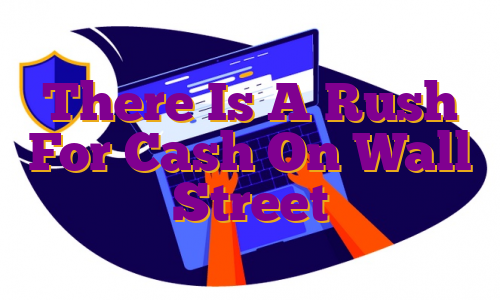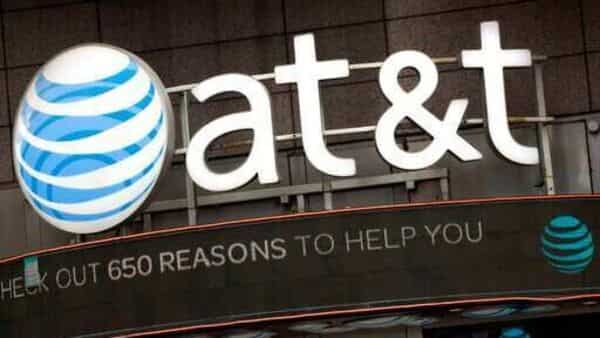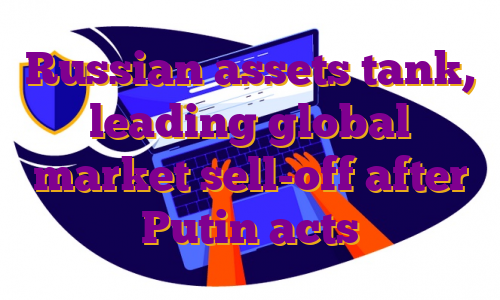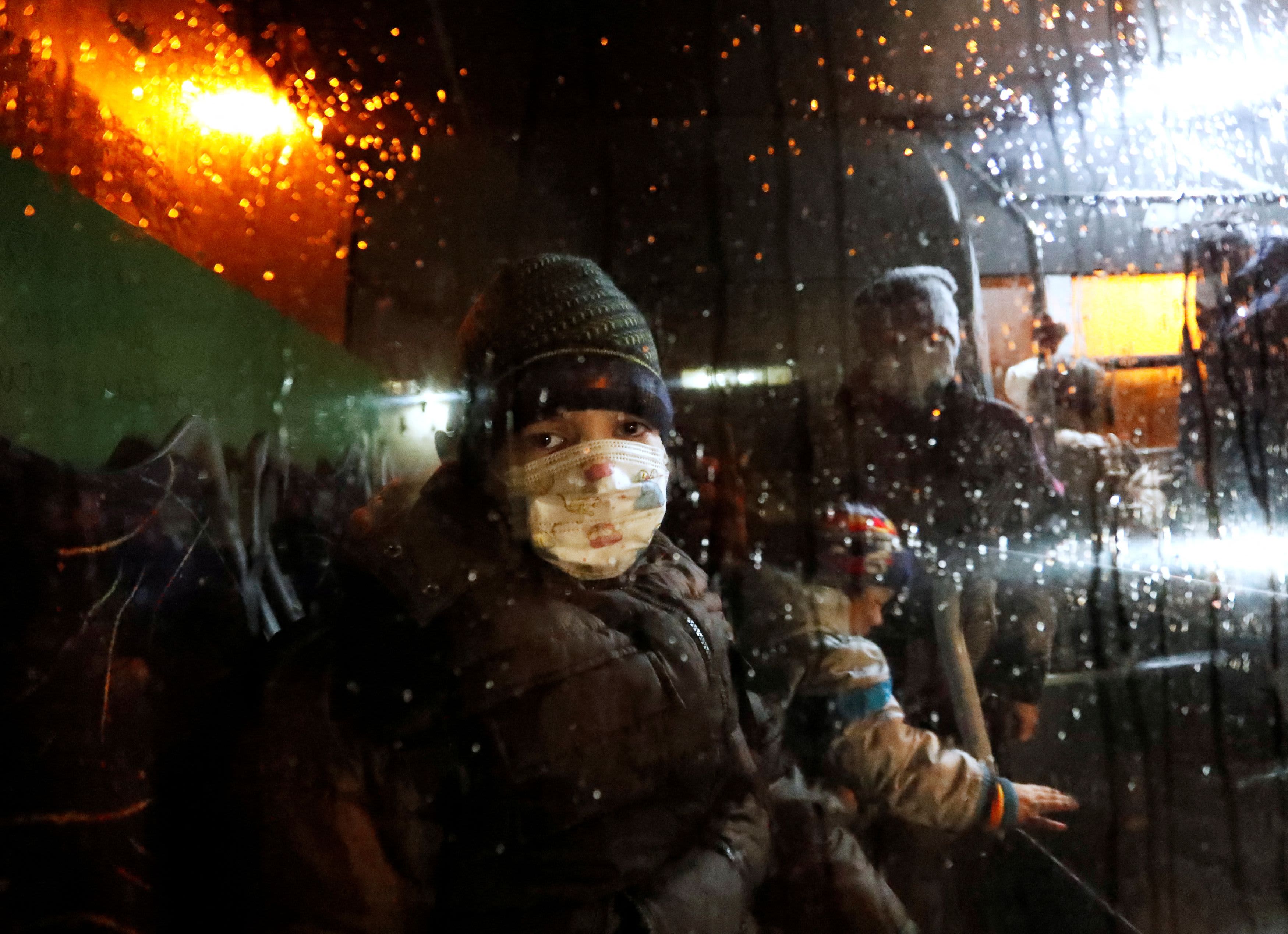Cash is king right now. The latest evidence: the market’s embrace of dividend-paying stocks over another longtime favorite, firms that do buybacks.
Investors are rushing to companies promising regular payouts to shareholders, a sign of Wall Street’s hunger for cash in hand as the Federal Reserve raises interest rates and major stock indexes struggle.
They are turning to companies such as AT&T Inc. and cigarette-maker Altria Group Inc. as the broader market endures one of its most volatile stretches of the past decade. Worries about rising interest rates, sky-high inflation and slowing growth turned the stock market upside down, leading many investors to ditch the highflying companies that dominated over the past decade—firms that often pay no dividend or only a small one.
Corporate executives who opted to buy back shares and pay out fat dividends were often rewarded by stockholders in the 20 years leading up to the Covid-19 pandemic. Lately, there has been a divergence.
Since the start of 2020, companies that pay high levels of dividends have continued outperforming those with lower payouts, while shares of companies putting the most money into stock repurchases have lagged behind those with the lowest buybacks, according to Credit Suisse analysts.
“If I have a choice between you buying more of your stock or you giving me cash…I’d rather have the cash,” said Max Wasserman, founder of Miramar Capital, who oversees shares of dividend-paying companies including United Parcel Service Inc., which boosted its return to investors this year.
The shift shows the premium that investors are paying for steady cash payouts rather than the promise of future profits. That preference has only intensified as the Fed embarks on an ambitious campaign to raise interest rates to rein in inflation. High inflation and rising interest rates eat away at the value of companies’ future earnings while increasing the attractiveness of cash today.
An exchange-traded fund that aims to invest in companies throwing off lots of free cash, the Pacer US Cash Cows 100 ETF, has risen around 2% this year, while major indexes have posted double-digit declines.
Many of the stocks with the highest dividend yields in the S&P 500 have been soaring past the broader market. Shares of AT&T have risen 12% this year, while shares of Altria Group have gained 10% and shares of pipeline operator Oneok Inc. have added 8.2%. All three stocks have dividend yields higher than 5%, according to FactSet. The benchmark index is down 17% in 2022 and has been teetering on the edge of bear-market territory.
Companies in the S&P 500 paid out a record $137.6 billion in dividends in the first quarter, according to S&P Dow Jones Indices, and senior index analyst Howard Silverblatt expects a new record to be set in the current quarter.
The S&P 500 High Dividend index is up 2.8% in 2022, while the S&P 500 Buyback index has declined 12%.
Dividend stocks haven’t always been star performers. In recent years, many investors piled into companies with lofty valuations, many of which offered big payouts in the future rather than right now. This year, many of those bets have staged a U-turn and weighed on the broader market. Investors said that the free cash offered by dividend-paying companies is more valuable to them right now because interest rates are higher.
John Augustine, chief investment officer at Huntington Private Bank, said his firm’s equity strategies have all been adding dividend-paying stocks in recent months, to the point where each has a higher dividend yield than its benchmark.
“We don’t know what the Fed is going to do next year, so I want the cash now,” Mr. Augustine said.
The desire for cash today is clear in the yawning gap in performance between large-cap U.S. stocks with the heftiest dividend yields and those that don’t pay dividends.
The stocks in the Russell 1000 with the highest dividend yields on Nov. 19, 2021, rose an average of 4% over the following six months, according to Bespoke Investment Group. Shares of Russell 1000 companies without dividends fell an average of 29% over that time.
Giorgio Caputo, fund manager of the JOHCM Global Income Builder Fund, said he has favored energy companies lately, because of the prospect of higher dividends. Additionally, he has made adjustments to his portfolio because of higher inflation and rising interest rates.
“It’s almost a 180-degree change of what we’ve seen over the past decade,” he said.
Subscribe to Mint Newsletters * Enter a valid email * Thank you for subscribing to our newsletter.
.




